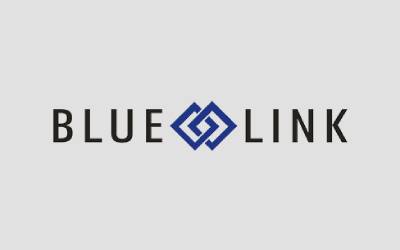If you collect money from your customers before you’ve finished delivering the products and / or services covered by the payment, at what point have you actually earned the cash? The accounting or bookkeeping staff at many small and medium-sized businesses (SMB) are not sure how to account for these appropriately, and frequently simply recognize the revenue at the time the cash is received or an invoice is generated. In fact, usually the accounting software package they use does this automatically (which is good), and no further action is taken (which is bad).
This is a problem, because for example if you accept payment of $12,000 for a one year maintenance contract, and invoice the customer on day one of the contract term, you haven’t really earned any money on that day even though the accounting software will probably post the $12,000 to an income account. You will have to provide services over the next 12 months which are in effect prepaid by your customer, and it is as you provide those services that you actually earn the revenue.
In our simplistic example, you would earn $1,000 per month during the term of the maintenance contract. So after 4 months, you would have earned $4,000, and the remaining $8,000 should be reflected as a liability, probably called either “Deferred Revenue” or “Unearned Revenue”.
Why should the SMB owner care? Because if you have a bunch of contracts come up for renewal in one period, and many fewer in subsequent periods, your revenue and profitability in your monthly management reports are skewed – one month you think you’re doing better than you are, and subsequently things look bleaker than reality.
And you all do use monthly financial reports to manage your businesses – right?










